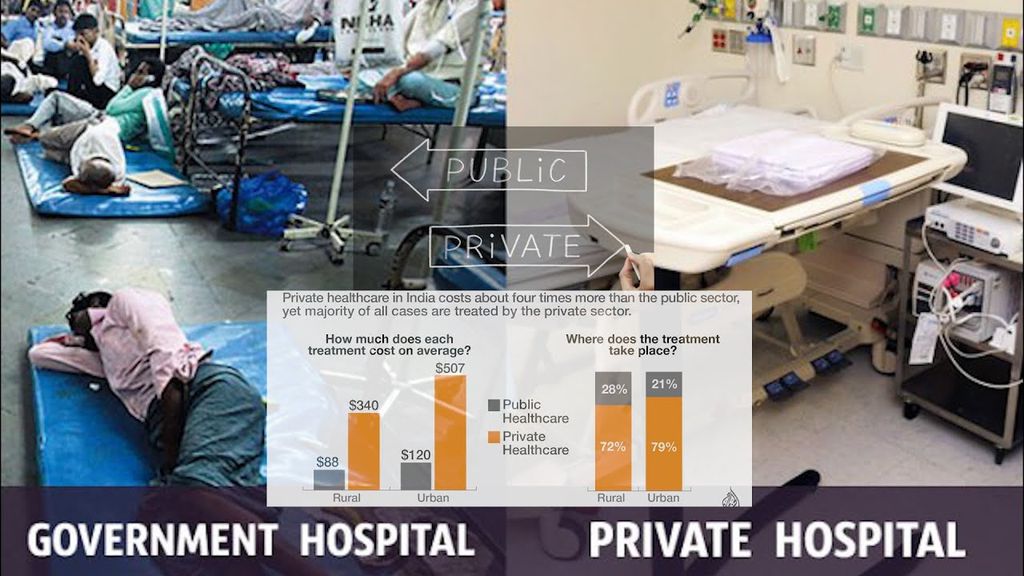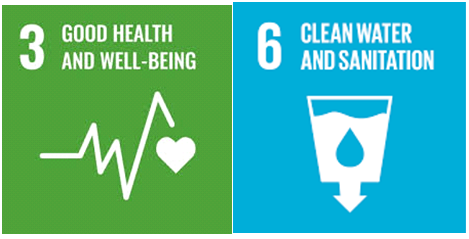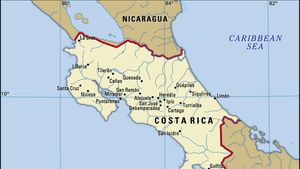- Books Name
- Social Science Book
- Publication
- Cognizance Publication
- Course
- CBSE Class 7
- Subject
- Social Science
Healthcare and equality
Is adequate healthcare available to all?
India, we face a situation where private services are increasing but public services are not. What is then available to people are mainly private services. These are concentrated in urban areas. The cost of these services is rather high. Medicines are expensive. Many people cannot afford them or have to borrow money when there is an illness in the family.

Some private services encourage incorrect practices to earn more. At times, inexpensive alternative do available may not be used. In fact, barely 20% of the population can afford all the medicines that they required during illness. For those who are poor, every illness in the family is the cause of great anxiety and distress. Those who are poor are in the first place, undernourished. They are not provided with basic necessities like drinking water, adequate housing, clean surroundings, etc. And therefore are more likely to fall ill. The expenses on illness make their situation even worse. Sometimes, it is not only the lack of money that prevent people from getting proper medical treatment. Women, for example- women are not taken to a doctor in a prompt manner. Women's Health concern are considered to be less important than the health of man in the family. Many tribal areas have few health centres and they do not run properly. Even private health services are also not available.
The Medical Council of India's Code of Medical ethics states: Every physician should as far as possible, prescribed drugs with generic names and he/she shall ensure that there is a rational prescription and use of drugs.
What can be done?
It is the responsibility of the government to provide quality healthcare services to all its citizens, specially the poor and the disadvantaged. However, health is as much dependent on basic amenities and social condition of the people, as it is on the healthcare services. It is important to work on both in order to improve the health situation of our people.

The kerala experience (Case study)
In 1996, Kerala government made some major changes in the state. 40% of the entire state budget was given to panchayats. They could plan and provide for their requirements. This made it possible for a village to make sure that proper planning was done for water, food, women's development and education. This meant that water supply schemes were checked, working of schools and anganwadi was ensured and specific problems of the village were taken up. Health centres were also improved.All of this helped to improve the situation. Despite these efforts, however, some problem such a shortage of medicine, insufficient hospital beds, not enough doctors remain, and these needed to be addressed.
The Costa Rican approach

Costa Rica is considered to be one of the healthiest countries in Central America. Their main reason for this can be found in the Costa Rican constitution several years ago. Costa Rica took a very important decision and decided not to have an army. This helps the Costa Rican government to spend the money that the army would have used, on health education and other basic needs of the people. The CostaRican Government believes that a country had to be healthy for its development and pays a lot of attention to the health care of its people. The Costa Rican government provides basic services and amenity to all Costa Ricans. For example, it provides safe drinking water, sanitation, nutrition and housing. Health education is also considered very important and knowledge about health is an essential part of the education at all levels.

 Cognizance Publication
Cognizance Publication
